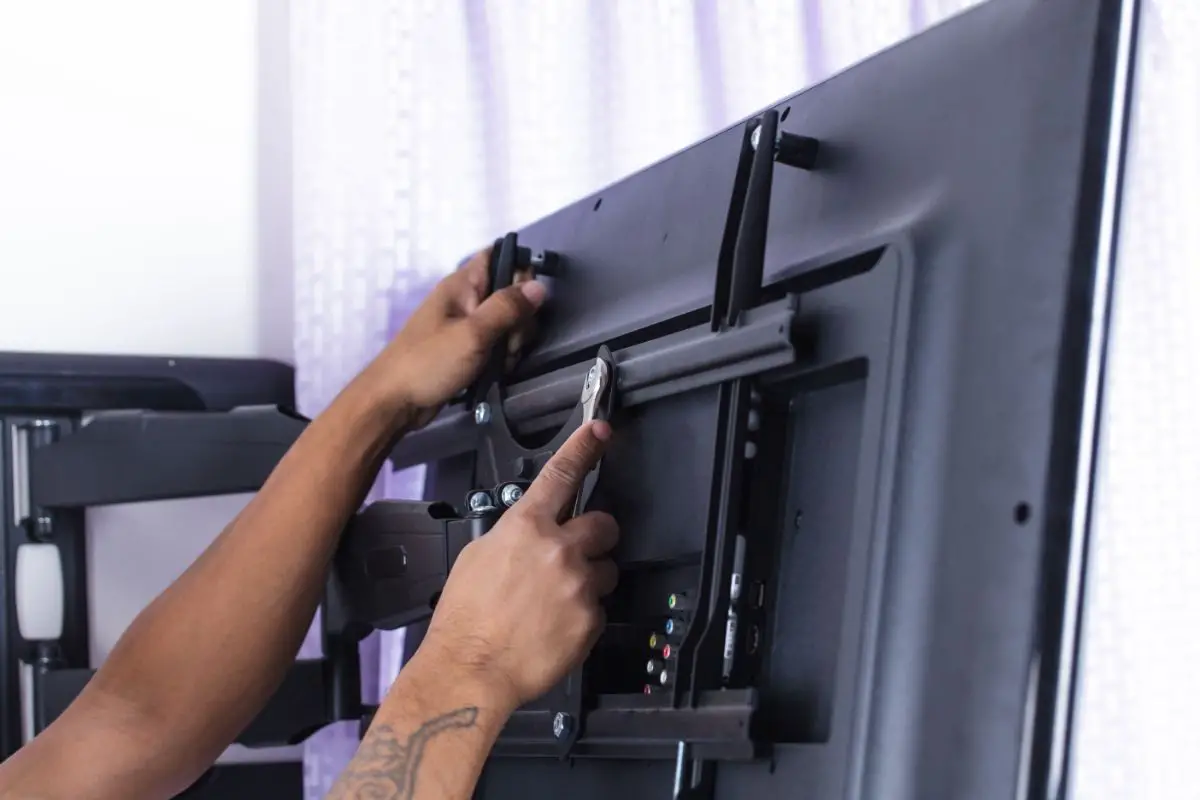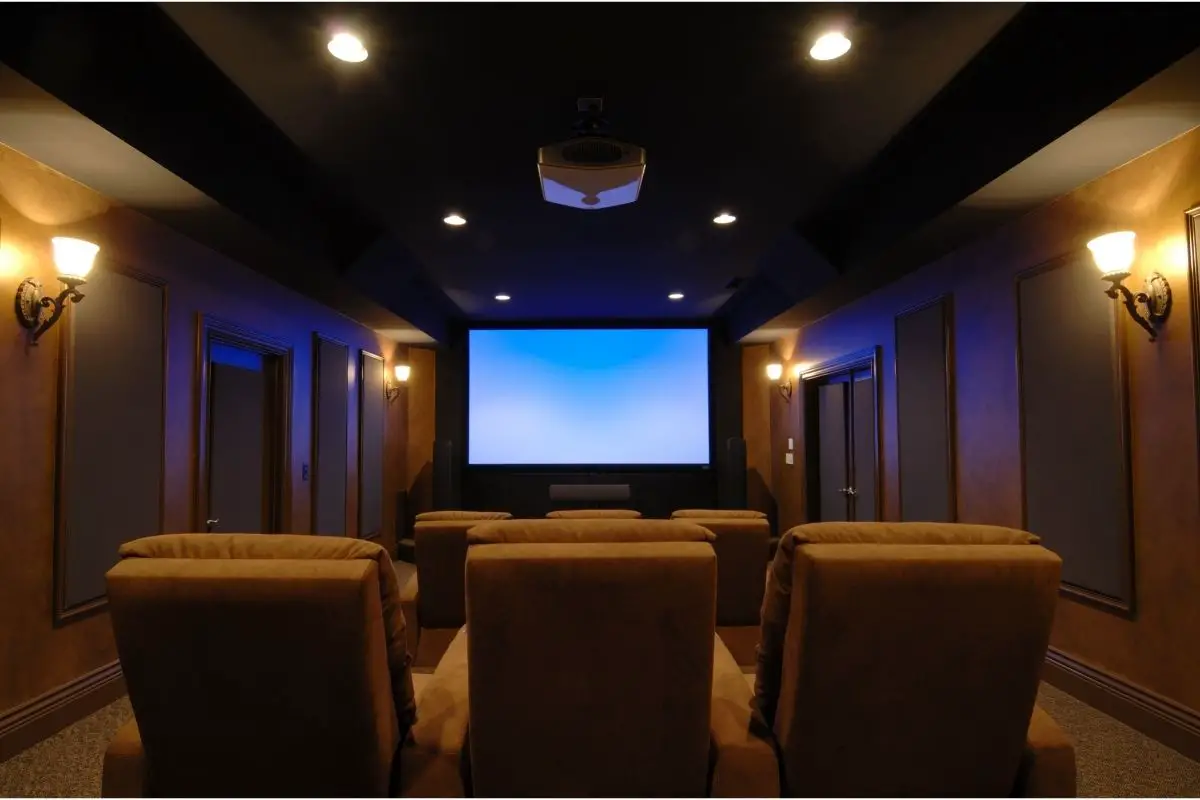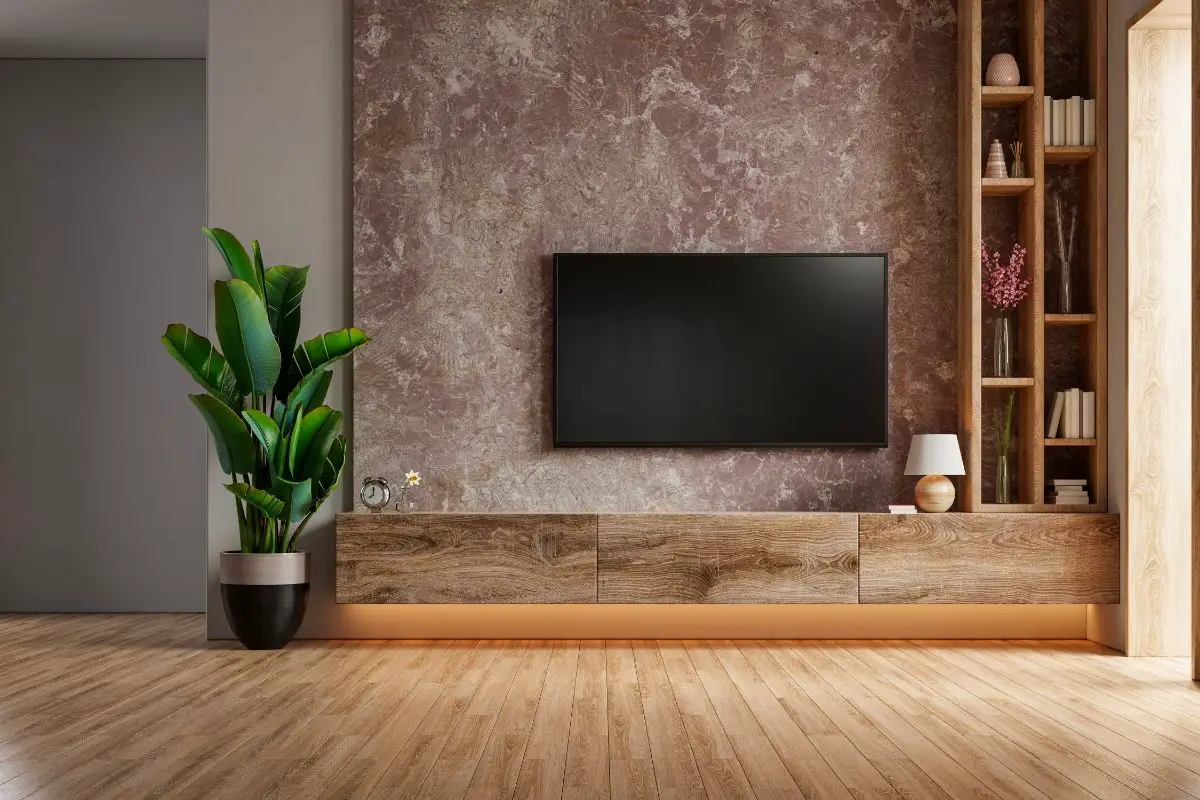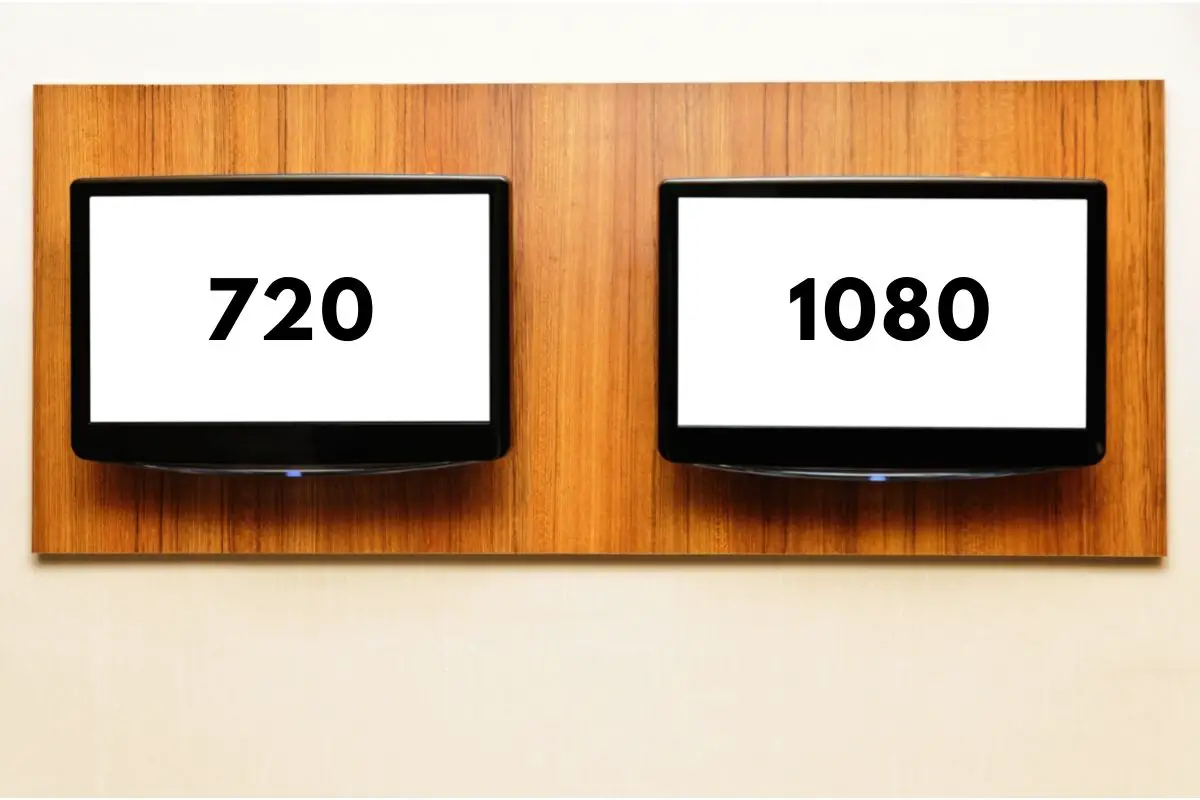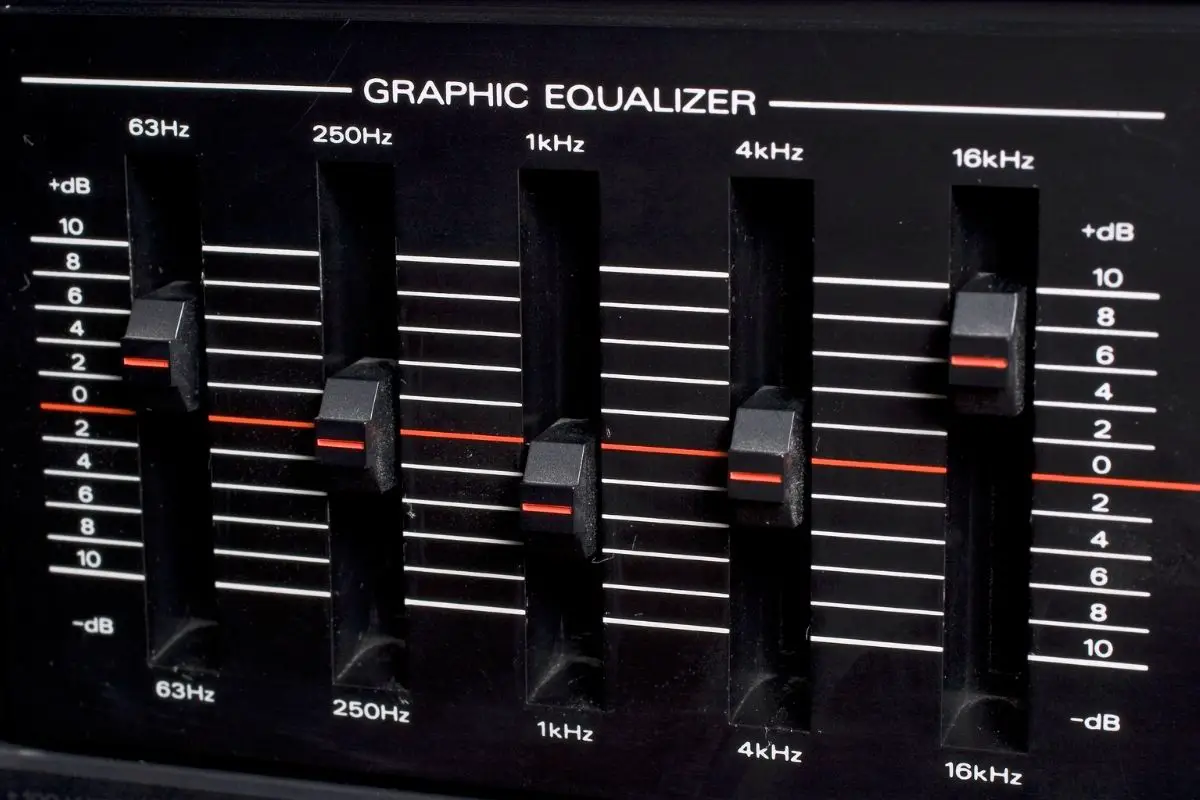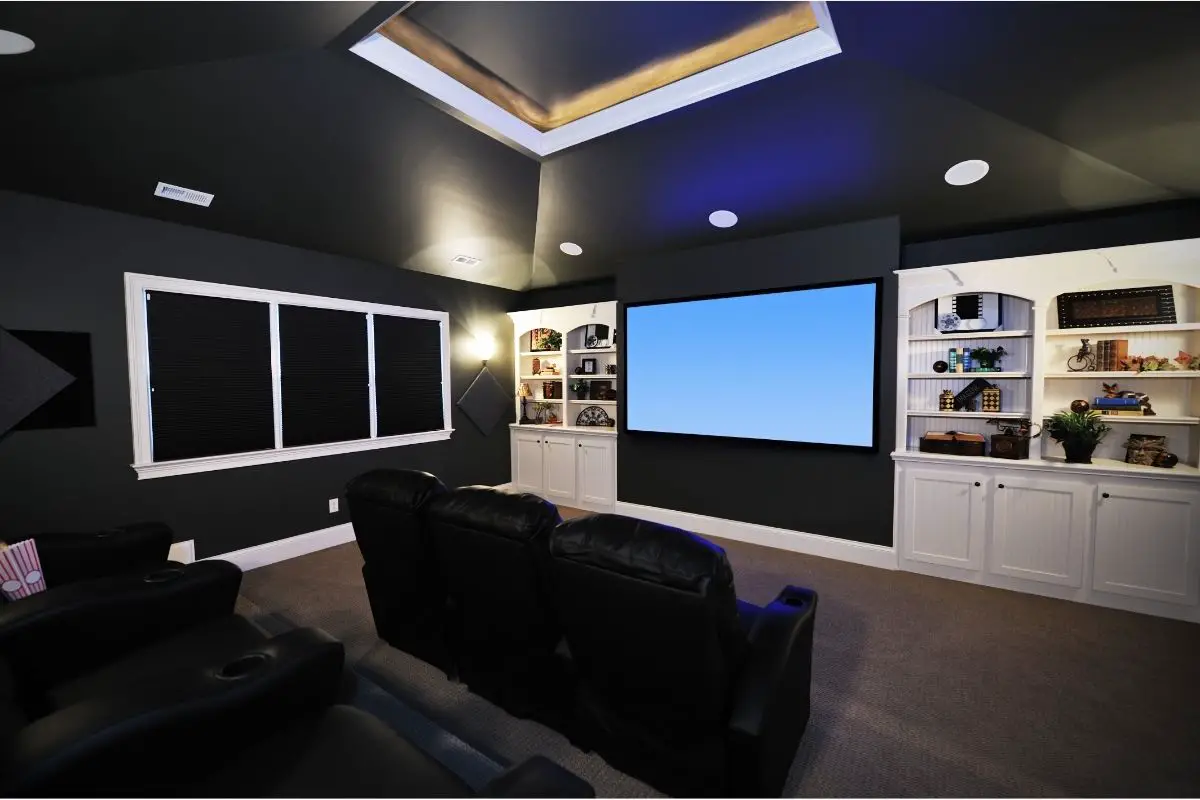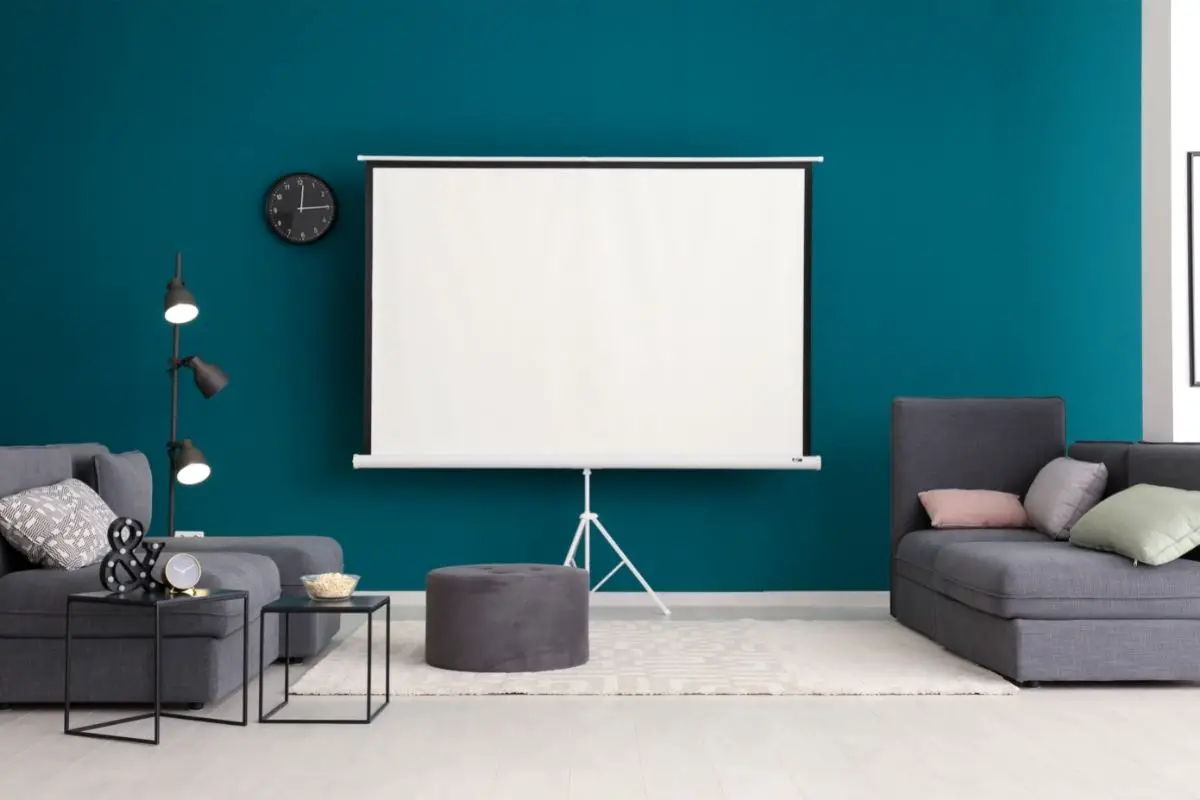Are you having difficulty finding a projector that gives a clear image during the daytime? Changes are the projector you are currently using does not have a high lumen count, which is affecting the quality of the image you are projecting.

When looking at projectors it is important to pay attention to the many lumens that it has as this will be a key indicator of what type of environment, and lighting, you can use a certain projector in.
In this guide, we look at how many lumens you need to project in daylight and give other useful information about this topic.
What Are Lumens?
Lumens (or Lux) measure light intensity. The higher the number the brighter the light source. For example, 100 lumens is equivalent to 1 footcandle or 0.01 mcd/m². A typical room with natural sunlight may contain around 1000-2000 lux.
The more lumens a projector has the better the brightness. However, there is also a trade-off between lumens and size. If you want a large screen then you will probably need a lower lumen projector.
This is because the larger the screen the fewer lumens per square meter. So if you want to project on a big screen you will need a low-lumen projector.
The best way to find out how many lumens your projector needs is by checking its specifications.
Most manufacturers provide their own specification sheet online where you can find the lumens and also the peak operating conditions, which can include more information about what lighting the projector works best in.
Projector Lumen Counts
There are two main types of projector lumens:
1. High Lumen – These projectors typically have over 3000 lumens at the very least. They are great for outdoor use where you are going to get bright sunshine. Many projectors used outdoors or for teaching would be over 3000 lumens so that they are easy to use in different lighting environments.
2. Low Lumen – These projectors typically have under 2000 lumens. They are ideal for indoor use where you do not want to block out all the light from the sun. Typically these types of projectors offer the best picture quality in dark conditions.
When choosing a projector make sure you check the lumens count before buying.
Alternatively, you can purchase some projectors that offer a range of lumens, you can change the lumen count by flipping a switch making the projector extremely versatile for different lighting conditions.
How Many Lumens Do You Need To Project In Daylight?
There are a number of varying theories as to how many lumens you need to project in daylight. At the very least it is recommended to have a minimum of 2,500 lumens to project during daylight but the image quality is quite bad, especially if the sun is shining.
2,500 lumens is typically the brightest level of lumens that would be found in an ambient light and so it is simple to imagine how little impact this would have in a room flooded with sunshine. If it is a grayer day then the image will of course be clearer.
If you wanted to try to project an image in direct sunlight you would need an incredible 120,000 lumens, which is not available in any projector in existence as far as we are aware.
If you are planning on projecting in daylight then you should aim for around 4000 lumens. This is enough to project an image clearly outdoors in bright sunlight. If you are projecting a moving image then it is recommended that you choose a projector with around 5000 lumens.
As mentioned previously, there are projectors available that offer two different lumen count settings, allowing for use in brighter daylight and darker conditions.
If you plan on using your projector often, all year round, then purchasing a dual lumen projector may be the best financial choice for you.
The Importance Of Brightness To Project In Daylight

The clarity of a projected image, regardless of how high-tech your projector is, will be affected by direct, bright light. Projected images will appear faded on the projected screen and be hard for people to see clearly.
There are however other influences that also impact the clarity of a projected image. Here we look at these additional factors and the impact that they have on a projected image in daylight.
Brightness Of Projector
As mentioned previously, the number of lumens in your projector will affect how well the machine works in daylight.
The simplest way of thinking about it is that the brighter your projector is, which will be thanks to a higher lumen count, the better it will work in daylight as it has a better chance of being visible.
It doesn’t matter if you are using your projector in a conference hall, living room, or outside, this will always be the case.
If your projector is not very bright you will only be able to use it in a room with dimmed light or pitch black as well as needing the correct background, such as a reflective screen.
If you only intend on using your projector in darker conditions then the brightness of the projector will not be as important.
Application
What you will be projecting your image onto will also influence the lumen count you need and the clarity of the projected image during the day.
For example, if you are projecting it onto a wall that also has daylight spilling onto it then you will need a very high lumen count for anything to be seen.
If you have a proper projector screen and it is portable you will be able to move the screen to a place out of direct daylight and this will enable the projector to deliver a clear image.
If you are using the projector in a professional setting then you will need to ensure that you have the correct set-up so that visuals can be received by everyone present in meetings and presentations.
If you are only planning to use the projector occasionally against a wall in your home then you will need to have a high lumen count for daytime use.
Typical Room Brightness
Consider how bright the room you will mostly use the projector in is typical during the daytime and year-round. In both commercial and private property, there are often spaces that do not receive as much daylight as other areas.
These spaces are often the best location to use a projector as you can accurately guess how bright the space will be day to day.
You should also consider the lighting installed in spaces, will these be turned on when your projector is in use? Are the light fixtures adjustable? Will they be brighter than your projector?
These are all valid questions that can help you choose how many lumens you need to have in your projector.
Environment
The environment you plan to use the projector in will also influence how bright your projector should be in daylight.
Projectors being used to project moving images in a home theater, or commercial and drive-in theater, often only need a lower lumen count project as these spaces are typically dark or only operate in the evening times.
If your projector is going to be used in an educational environment or professional setting you will need a very bright projector to ensure images are clear and accurately projected.
Ultra-high lumen projectors are available on the market but there is still no competition against direct sunlight and so they are not very popular, due to their operating power and cost.
Best Projector Screen For Daylight Presentations
The most commonly used projector screens for daytime use are Ambient Light Rejecting screens or ALRs. These screens are great for use if you are having issues with artificial or ambient light as well as daylight.
The screens are designed to successfully redirect unwanted light, such as daylight and artificial light, and this maximizes the quality of the projector and how it can be received by others.
It is important to set the screen up at the correct angle for this to happen, the screen should be placed so that it is relative to the light source and projector.
You will need to have a good quality projector with a high lumen count paired with an ALR screen to reap the benefits of this brilliant setup.
How To Get A Good Quality Image On A Projector
It is important to pair your projector with a correctly sized screen, for example, if you have a low-resolution projector blowing the image up on a large screen will affect the clarity of your projected image.
It is worthwhile investing in a projector that has a minimum of 1080p HD or 4K Ultra HD resolutions to ensure good image quality from your projector.
Pair these resolutions with a high-lumen count and your projector will offer fantastic quality projected images during daylight hours. Using a backlit monitor is another great way of sharpening the quality of the image projected by your projector.
Final Thoughts
We hope that this piece has answered any questions you may have had about how many lumens are needed to project in daylight.
It is important to understand other factors that influence the quality of projected images to ensure you can create a high-quality setup when you are next using a projector, for any purpose, during daylight hours.
When looking for a projector consider the lumen count, resolution, what you will use it for, and where you will use it to find the best projector for you and your needs.
- How Do I Connect My Samsung Soundbar To Bluetooth? - February 5, 2024
- How To Connect Soundbar To TV With Optical Cable? - February 5, 2024
- How to Choose the Right Audio System for Your Home Theater Setup - April 25, 2023

